Cool, I’ll get that over to you. In the near here’s some more pretty graphness:
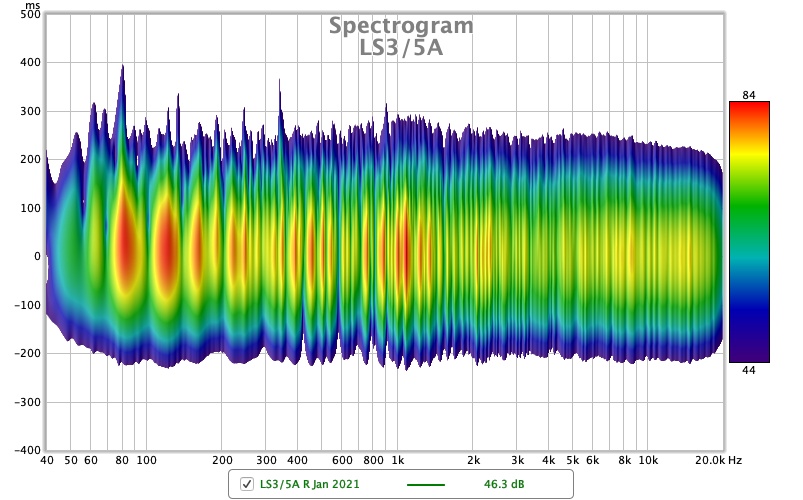
LS3/5A
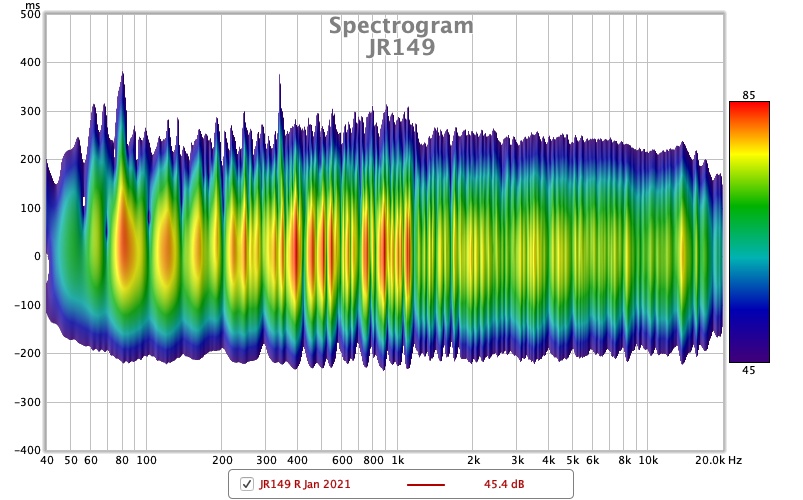
JR149
I’ll let others interpret that.
The caterpillar on the top one seems healthier.
Cool, I’ll get that over to you. In the near here’s some more pretty graphness:

LS3/5A

JR149
I’ll let others interpret that.
REW users often gate their measurements to remove room effects but I don't understand enough about this to know how to implement it correctly.One more thing re impulse response, not sure whether this was mentioned -
Shouldn't the room be anechoic? or can the sampler filter out the returning waves?
Thinking some more I’m curious why the BBC stuck that 1kHz lift there? I’m sure they did so deliberately as the whole design process was just absurdly cost-no-object (over £1m development costs in today’s money). If they didn’t want it there they’d have notch-filtered it out!
Thinking some more I’m curious why the BBC stuck that 1kHz lift there?
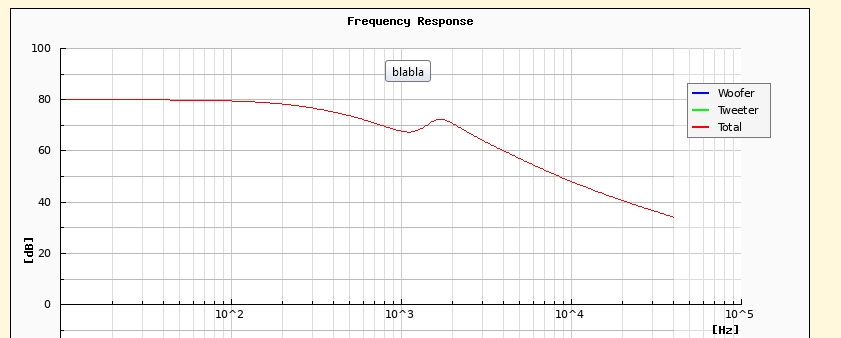
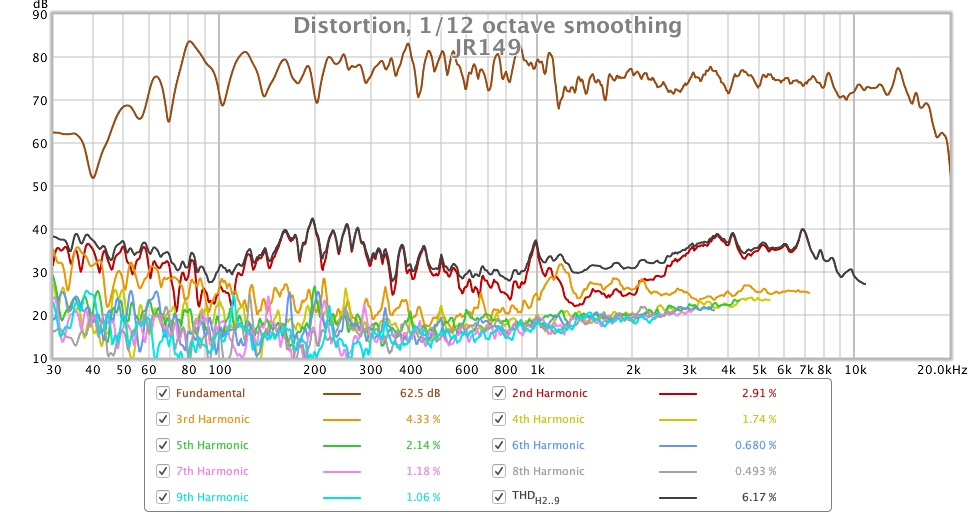
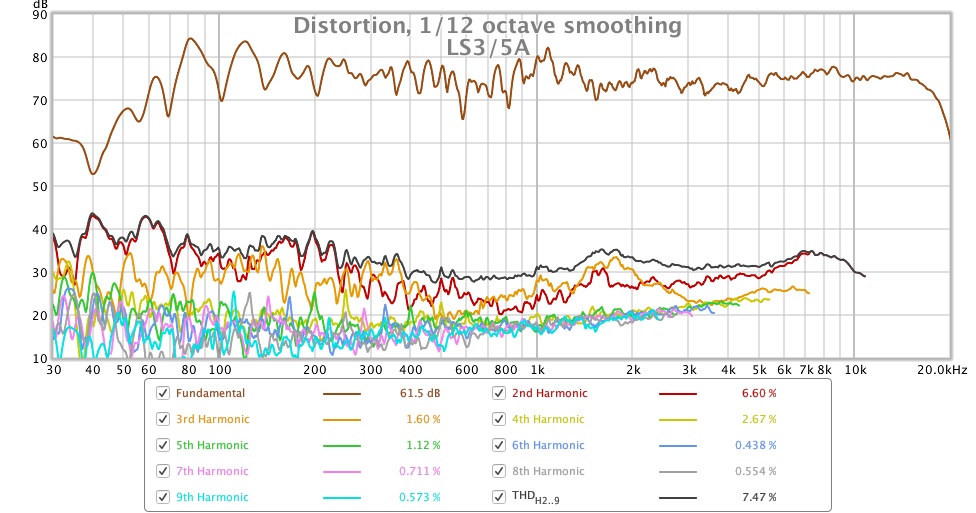
I checked my own JR149 sine sweep measurements and they were all done at 70dB and 1m distance so the distortion plots cannot be compared to yours, I'd need to remeasure from further away and at a higher SPL for any meaningful comparison. Here's the nearfield distortion graph for mine anyway in case your interested.I am using a 10 Watt Leak valve amp, so I guess it may have a little more measured distortion despite sounding absolutely superb. At some point I’ll measure again with a 303, but it would mean farting around digging cables out as both 303s are pretty well plumbed into their systems.
I have to admit I’d be very surprised if the Leak was to blame as we are talking less than a Watt here, but it may make sense to double check. Certainly no sonic warning signs, the system with either speaker is as good as I’ve ever heard any mini-monitor sound. Just staggeringly good to be honest.
I checked my own JR149 sine sweep measurements and they were all done at 70dB and 1m distance so the distortion plots cannot be compared to yours, I'd need to remeasure from further away and at a higher SPL for any meaningful comparison.
I’ve obviously not heard the new active Rogers yet (very curious about their new LS3/5A too as it looks like it might actually be one!), but I haven’t liked the AB1s when I’ve heard them. I’m really not a fan of subs though, I can always hear them, and have always left with the impression the AB1 isn’t even a good one.
